La Chrom HPLC D-7000: Unterschied zwischen den Versionen
Cbier (Diskussion | Beiträge) Keine Bearbeitungszusammenfassung |
Cbier (Diskussion | Beiträge) Keine Bearbeitungszusammenfassung |
||
| Zeile 63: | Zeile 63: | ||
|} | |} | ||
== | == Preparations == | ||
===Column=== | ===Column=== | ||
The HPLC is connected to a column switcher, which gives you the opportunity to choose between five different columns. If the column you want to use isn´t included you have to change one of the columns. The method you want to use should be compatible with the conditions the column can stand (pH, pressure, solvent etc.). After the installation you should take care, that all connections are tight. All columns can be tempered in the [[Column Oven|column oven]]. | The HPLC is connected to a column switcher, which gives you the opportunity to choose between five different columns. If the column you want to use isn´t included you have to change one of the columns. The method you want to use should be compatible with the conditions the column can stand (pH, pressure, solvent etc.). After the installation you should take care, that all connections are tight. All columns can be tempered in the [[Column Oven|column oven]]. | ||
Version vom 3. Juli 2018, 06:41 Uhr
!!!Use the operator book!!! DO NOT FORGET!!!!
Everybody who is using the HPLC should enter his name, the uesed colum, the solvent mixture and the back pressure of the system in the user book.
Assembly
A HPLC consists of different parts. The La Chrom HPLC D-7000 in room 118 is made up of the folowing modules
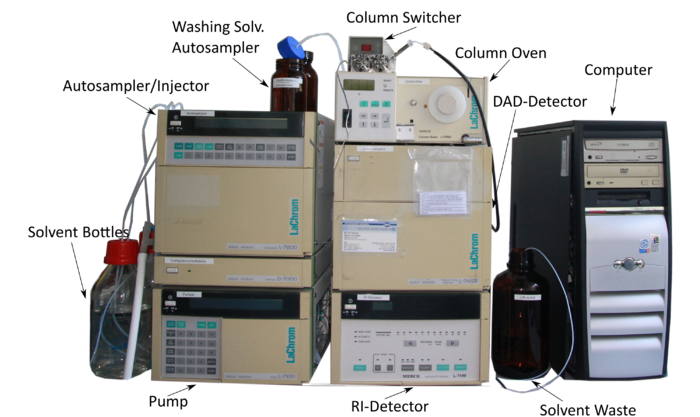 | |||||
|---|---|---|---|---|---|
| Module | Product Number | Picture | Manual | ||
| Solvent bottles | 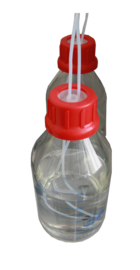 |
||||
| Pump | L7100 |  |
Quaternary Pump | ||
| Autosampler/ Injector | L-7200 | 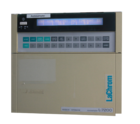 |
Autosampler | ||
| Interface | D-7000 | Interface | |||
| DAD-Detector | L-7455 | 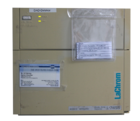 |
DAD-Detector | ||
| RI-Detector | L-7490 |  |
RI-Detector | ||
| Column Switcher | BESTA-High-Pressure-Motorvalve | 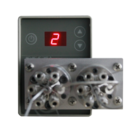 |
Column Switcher | ||
| Column Oven | L-7350 |  |
Column Oven | ||
| Solvent Waste | 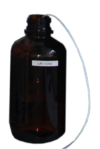 |
||||
| Computer (Windows 2000) | 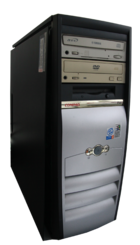 |
||||
Preparations
Column
The HPLC is connected to a column switcher, which gives you the opportunity to choose between five different columns. If the column you want to use isn´t included you have to change one of the columns. The method you want to use should be compatible with the conditions the column can stand (pH, pressure, solvent etc.). After the installation you should take care, that all connections are tight. All columns can be tempered in the column oven.
Solvent
* Before starting a measurement, the solvent level should be checked and if necessary refilled. *All used solvents have to be degassed and be compatible with the used column. Especially the RI-Detector won´t work with not proper degassed solvents. * It is required, that all solvents have HPLC quality and are particle free. Small particles can permanently block the capillaries and valves. Avoid the use of the following steel-corrosive solvents: #Solutions of alkali halides and their respective acids (for example, lithium iodide, potassium chloride, and so on). #High concentrations of inorganic acids like sulfuric acid, especially at higher temperatures (replace, if your chromatography method allows, by phosphoric acid or phosphate buffer which are less corrosive against stainless steel). #Chromatographic grade ethers, which can contain peroxides (for example, THF, dioxane, diisopropylether) such ethers should be filtered through dry aluminium oxide which adsorbs the peroxides. #Halogenated solvents or mixtures, which form radicals and/or acids, for example: ::2CHCl3 + O2 → 2COCl2 + 2HCl ::This reaction, in which stainless steel probably acts as a catalyst, occurs quickly with dried chloroform if the drying process removes the stabilizing alcohol. Prevent Blocking of Solvent Filters Contaminated solvents or algae growth in the solvent bottle will reduce the lifetime of the solvent filter and will influence the performance of the pump. This is especially true for aqueous solvents or phosphate buffers (pH 4 to 7). The following suggestions will prolong lifetime of the solvent filter and will maintain the performance of the pump: * Use sterile, if possible amber, solvent bottles to slow down algae growth. * Filter solvents through filters or membranes that remove algae. * Exchange solvents every two days or refilter. * If the application permits add 0.0001–0.001 M sodium azide or 0.1 % TFA to the solvent. * Avoid exposure of the solvent bottles to direct sunlight. * When using buffer solutions, flush the system with water before switching it off. NOTE Never use the system without solvent filter installed.
Waste
Before the use of the HPLC, the waste container should be checked and emptied if necessary.
Sample
The sample preparation is an important part of the HPLC analysis. It is important, that the sample is dissolved and filtered before the measurement. This prevents the contamination of the column and the precipitation of the sample on the column bed. The sample has to be dissolved at any time and shouldn´t precipitated from the eluent. Therefor it is not thoughtful to dissolve the sample in pure methanol or acetonitrile, if you are working with an RP-phase column. The risk of sample precipitation during the measurement is to high. Sample precipitation causes a rising of the back pressure and clogging of the column, which leads to an irreversible poor resolution.
In welchem Lösungsmittelgemisch soll ich nun meine Probe lösen?
Diese Frage kann nicht pauschal beantwortet werden. Es ist wichtig das sie dauerhaft in Lösung ist. Wie kann man dies praktisch machen? Zunächst wiegt man z.B. etwa 1 mg seiner Probe ab und versucht dieses in 500 µL reinem Methanol bzw. ACN zu lösen. Ist dies möglich (klare Lösung) kann in 100 µL Schritten Wasser zugegeben werden, und gleichzeitig beobachtet werden ob etwas ausfällt (Lösung sich eintrübt). Hat man insgesamt 500 µL zu gegeben und die Lösung ist noch klar kann man diese mit einem Spritzenfilter in ein Vial filtrieren. Man hat nun eine Probenlösung mit einem Lösungsmittelverhältnis von 50:50 (Methanol/ACN:Wasser) und kann jetzt ohne Gefahr, dass die Probe ausfällt, alle Laufmittelmischungsverhältnisse zwischen 100% Methanol/ACN und 50:50 Methanol/ACN:Wasser verwendet. Will man für die Trennung ein Laufmittelmischungsverhältnis verwenden, welches einen höheren Wasseranteil hat muss zuvor eine anderes Probenlösungsmittelverhältnis gewählt werden. Fällt während der Zugabe die Probe aus so verringert sich der Laufmittelmischungsverhältnis-Bereich entsprechend.
